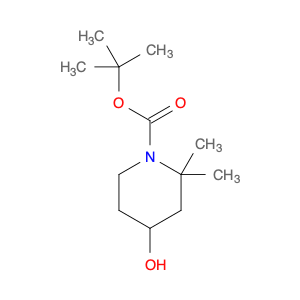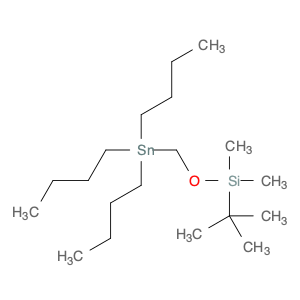5-Chloro-1,2,3,4-tetrahydronaphthalen-1-amine, also known by its chemical structure C10H11ClN, serves as a crucial building block in organic chemical synthesis. This compound, due to its unique structure and reactivity, finds wide application in the field of medicinal chemistry, agrochemicals, and material science.One of the primary uses of 5-Chloro-1,2,3,4-tetrahydronaphthalen-1-amine is as a key intermediate in the synthesis of pharmaceutical compounds. Its compatibility in various reactions makes it a valuable starting material for the production of biologically active molecules, including potential drug candidates. Through appropriate functional group manipulations and derivatizations, this amine can be transformed into diverse scaffolds essential for drug discovery and development.Furthermore, this compound plays a significant role in the creation of specialized chemical entities for agrochemical applications. By leveraging its structural features, researchers can design novel pesticides, herbicides, and plant growth regulators that exhibit targeted activity and environmental compatibility. The versatility of 5-Chloro-1,2,3,4-tetrahydronaphthalen-1-amine enables the synthesis of molecules with improved efficacy and reduced ecological impact.Moreover, in the realm of material science, this amine contributes to the fabrication of functionalized materials with tailored properties. By incorporating 5-Chloro-1,2,3,4-tetrahydronaphthalen-1-amine into polymer structures or surface coatings, scientists can impart specific characteristics such as enhanced adhesion, corrosion resistance, or fluorescence. These modified materials find utility in a wide range of industrial applications, from coatings and adhesives to sensors and electronic devices.In essence, 5-Chloro-1,2,3,4-tetrahydronaphthalen-1-amine serves as a versatile and indispensable reagent in chemical synthesis, empowering researchers to access a diverse array of compounds with relevance across pharmaceuticals, agrochemicals, and materials science. Its role as a strategic building block underscores its significance in advancing innovation and discovery in various scientific disciplines.
 sales@aaronchem.com
sales@aaronchem.com










